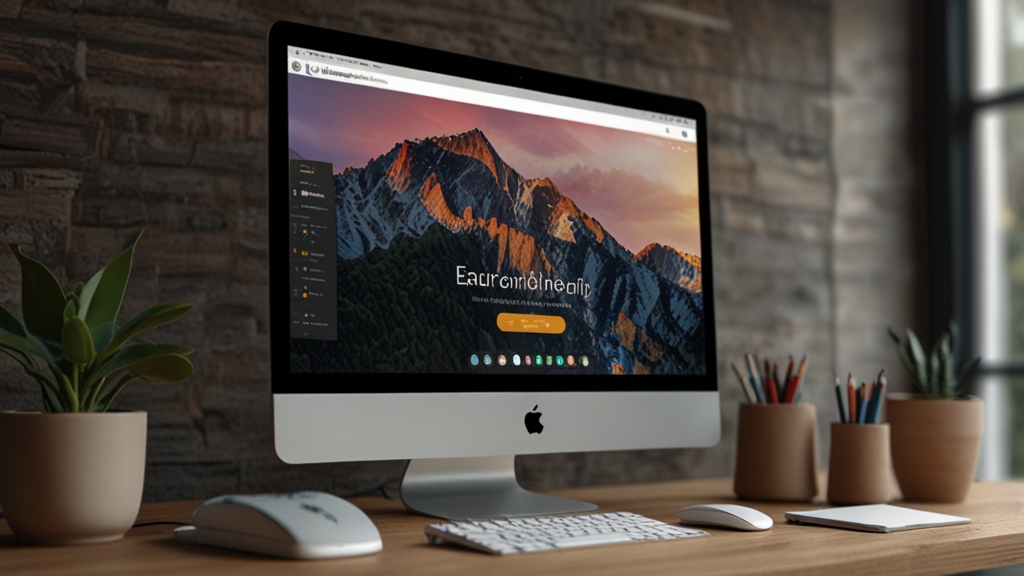The Hidden Features of CSS You Never Knew Existed
Cascading Style Sheets (CSS) is a cornerstone technology of the web, allowing developers to separate content from design effectively. While most developers are familiar with the basics—such as color, font-size, and margin—CSS also comes packed with a host of lesser-known features that can significantly enhance your web development toolkit. In this article, we'll explore some of these hidden gems and show you how to leverage them.
1. CSS Variables
CSS Variables, also known as custom properties, allow you to define reusable values directly in your stylesheet. This can simplify maintenance and increase consistency across your project.
:root {--main-color: #3498db;}
body {color: var(--main-color);}
With CSS Variables, you can tweak a single value and see it reflected universally, eliminating the hassle of manually updating individual rules.
2. Grid Layout
The CSS Grid Layout is a powerful layout system available in CSS. It allows you to create complex, responsive layouts with ease, using a two-dimensional grid-based approach.
.container {display: grid; grid-template-columns: repeat(3, 1fr); grid-gap: 10px;}
This feature provides a structured yet flexible way to design layouts, far surpassing the capabilities of traditional layout methods like floats and flexbox.
3. Clip Path
The clip-path property allows you to create complex shapes by clipping an element in a specified path. This is particularly useful for creative designs and UI elements.
.circle {clip-path: circle(50%);}
Using clip-path, you can animate shapes and create visually engaging components without relying on images or SVGs.
4. Custom Fonts with @font-face
The @font-face rule allows you to load custom fonts on your web pages. This can give your website a unique look and feel, breaking free from the limitations of web-safe fonts.
@font-face {font-family: 'MyFont'; src: url('myfont.woff2') format('woff2');}
By using @font-face, you can ensure that your chosen fonts are displayed consistently across all browsers and devices.
5. CSS Transitions and Animations
CSS Transitions and Animations provide a way to animate HTML elements without needing JavaScript. Complex animations can be defined using a few lines of code.
.box {transition: transform 0.3s ease;}
.box:hover {transform: scale(1.1);}
With these tools, you can enhance user interactions and create dynamic, engaging web designs more easily than ever before.
6. CSS Logical Properties
Logical properties and values are a newer addition to CSS, designed to make layouts more adaptable across different writing modes and languages. They allow you to control layout directions more intuitively.
margin-inline-start: 10px;
padding-block-end: 20px;
Using logical properties, your styles can better adapt to the needs of internationalization and diverse writing systems, making your content more accessible worldwide.
7. CSS Scroll Snap
The CSS Scroll Snap feature allows for precise control over the scrolling behavior of a web page. It’s particularly useful for creating sliding galleries, carousels, and other scroll-based interfaces.
scroll-snap-type: x mandatory;
scroll-snap-align: start;
By leveraging scroll snap, you can create smooth, user-friendly scroll experiences that align elements perfectly on scroll events.
Conclusion
Cascading Style Sheets is a versatile and robust tool that goes beyond the fundamentals. By exploring and utilizing its hidden features—such as CSS Variables, Grid Layout, Clip Path, @font-face, transitions and animations, logical properties, and scroll snap—you can elevate your web development projects to new heights. Incorporate these advanced techniques into your workflow, and you'll be well on your way to mastering the art of CSS.






